Does taking glucosamine for joints really work?
Here’s what the science says about taking glucosamine for joints

If you suffer from joint pain, you’ll know it can bring you to your knees – literally and figuratively. In which case, you might turn to supplements to provide you with some additional relief. One of the most popular joint care supplements is glucosamine. But does taking glucosamine for joints actually work?
There are many reasons why you may experience joint pain, but in the vast majority of cases it’s a sign of arthritis – a degenerative condition for which there is no cure. It’s a fast-growing public health emergency. According to the Center for Disease Control and Prevention, almost one in four adults in the US have been diagnosed with arthritis. Nearly a quarter of them report severe, life-changing levels of joint pain.
That’s why finding effective treatments is so important. The best supplements for joints may help to provide relief. But if it’s glucosamine you’re after in particular, keep reading. Here, we’ll look at what the evidence says about using glucosamine for joints, as well as other interventions you can try to manage joint pain.
What is glucosamine?
Glucosamine is a natural compound found mostly in shellfish, animal bones and certain types of fungi. For this reason, it is difficult to obtain significant amounts of this nutrient from diet alone. Fortunately, glucosamine is naturally produced by our bodies. It has a vital role in developing and maintaining cartilage within our joints. It’s also an important ingredient of synovial fluid – this is the thick liquid that lubricates your joints and keeps them moving smoothly.
Glucosamine is often used to treat symptoms of various inflammatory conditions, mostly in relation to joint health. But that’s not the only benefit associated with these supplements. According to a review published in Biomedicine & Pharmacotherapy, glucosamine also displays strong antioxidant, anti-aging and cardioprotective properties. There’s also evidence that it can fight cancer, as it’s able to influence pathways involved in the formation and death of tumor cells.

Dr Marios Kyriazis is a qualified medical doctor and gerontologist. With a deep interest in age-related health conditions he has become an expert in helping people fight aging using natural alternatives such as nutrition and massage.
Does glucosamine help with joint pain?
Glucosamine supplements are thought to support joint health by preventing the breakdown of cartilage.
“Glucosamine alone is used by many arthritis and osteoarthritis sufferers and those affected by a sports injury, spine degeneration or a slipped disc,” says Dr Marios Kyriazis, a medical doctor from For the Ageless. “It works by increasing the fluid and circulation in the joints, bringing new nutrients into the area and flushing out toxins, supporting the natural repair of the joint, its synovial fluid and even the bones.
Get the Fit&Well Newsletter
Start your week with achievable workout ideas, health tips and wellbeing advice in your inbox.
“Glucosamine can also be combined with chondroitin. This combination helps to also restore collagen within the joint. Normally, there is a constant breakdown and reconstruction of tissue and collagen within the joint, but age and inflammation slow down this process.”
However, the evidence behind this claim isn’t clear-cut.
One review published in Clinical Rheumatology compared the results of 18 studies that investigated the effect of glucosamine supplementation on the symptoms of knee osteoarthritis in elderly individuals. There was only a marginal effect of glucosamine on pain scores, while the effect on knee function was deemed to be small and not significant. So we can assume that glucosamine has some potential to alleviate pain associated with knee osteoarthritis, but more research is needed.

Many studies have also tried to establish whether glucosamine is more effective than other supplements or medications prescribed for joint pain. A meta-analysis published in Clinical and Experimental Rheumatology looked into the findings of 61 studies of people with knee and/or hip osteoarthritis to compare the efficacies of oral glucosamine, chondroitin, glucosamine and chondroitin in combination, acetaminophen (an active ingredient in Tylenol) and celecoxib (a painkiller commonly known as Celebrex). The findings suggested that the combination of glucosamine and chondroitin is effective at reducing joint pain and stiffness. However, celecoxib produced slightly better outcomes.
On the other hand, a meta-analysis published in the British Journal of Sports Medicine compared the effects of 20 dietary supplements on the symptoms of hand, hip or knee osteoarthritis. Seven of those – hydrolysed collagen, passion fruit peel extract, turmeric extract, Boswellia serrata extract, curcumin, pycnogenol and L-carnitine – were found to significantly reduce joint pain in the short term. Glucosamine and chondroitin were also able to affect pain levels, but the results were not as noticeable.
“‘There are more than 100 types of arthritis and related conditions, so glucosamine supplements can’t solve everyone’s problems,” says Giulia Guerrini, lead pharmacist at Medino. “However, they can help with conditions such as osteoarthritis and rheumatoid arthritis, which specifically affect your cartilage. Glucosamine supplementation cannot cure osteoarthritis, but it can slow the progression of the disease.”
How else can you manage joint pain?
Supplements can be effective at treating joint pain. But there are many other lifestyle interventions that can help too.
Managing your body weight is one factor. Carrying extra weight puts more pressure on your joints and losing pounds can ease the impact on your knees, hips and feet, as well as prevent further damage. Another lifestyle aspect that’s likely to benefit your joints is engaging in more physical activity. Exercise keeps your joints flexible and strengthens the muscles around them, which offers more support.
According to a study published in the Journal of Advanced Nursing, arthritis sufferers who regularly move tend to experience better aerobic capacity, strength and physical function than those who are more sedentary. But how can you train safely?
“Take regular, gentle exercise like walking, swimming and yoga to keep your joints, the supporting muscles and ligaments strong and supple,” says Dr Rod Hughes, a consultant rheumatologist. “Alternate periods of heavy activity with a period of well-deserved rest. This will help to prevent ‘wear and tear’ to joints due to repetitive stress. Don’t worry if the heavy exercise is too much, do what you can.”
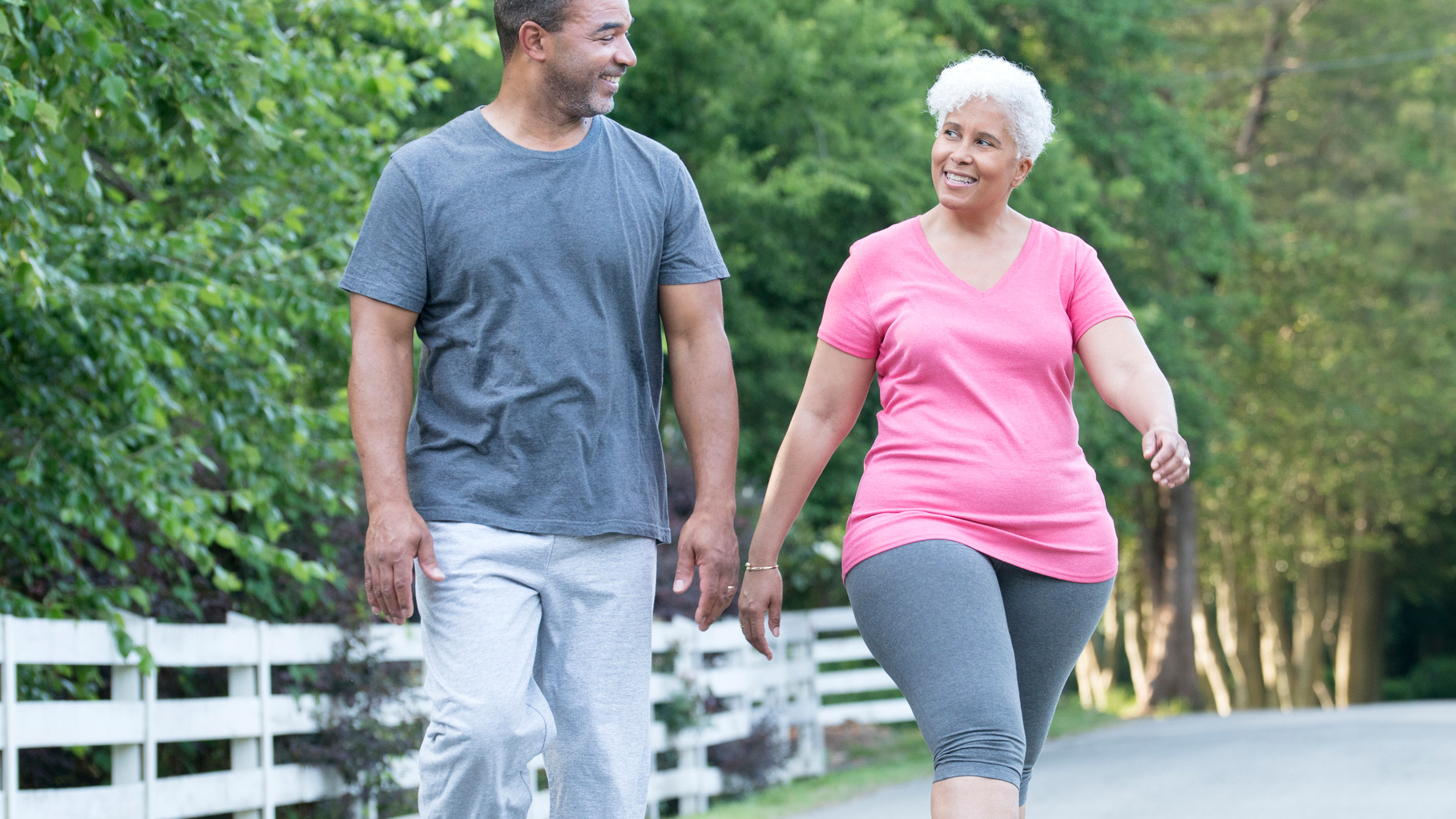
Following a healthy, nutrient-dense diet is another great step to better joint health. Certain foods can increase levels of inflammation in the body and as a result, increase joint pain. To bring down inflammation, focus on eating a predominantly plant-based diet that consists mostly of whole foods. You can also try these eight foods to improve your joint pain.
“Eat plenty of fresh fruit and vegetables, whole grains, nuts and seeds and at least two portions of oily fish per week,” says Hughes. “Fresh foods and nuts contain antioxidant nutrients that can help to reduce inflammation and protect against cell damage, and the fish oils can help prevent and manage arthritic conditions.”
If you have arthritis, you may also want to increase your intake of certain nutrients. According to a review published in the Current Rheumatology Reports, omega-3 fatty acids and vitamin D tend to be helpful in combating the symptoms, while alcohol often worsens them. There are also certain foods to avoid with arthritis.
You may want to look at ways to support your mental health too. Emerging evidence indicates that depression and anxiety scores are significantly associated with pain levels and may have an impact on markers of inflammation, as described in a review published in Arthritism and Rheumatism.
Why not try these meditation tips for beginners to improve your psychological wellbeing and potentially reduce your joint pain?

Anna Gora is a Health Writer for Future Plc, working across Coach, Fit&Well, LiveScience, T3, TechRadar and Tom's Guide. She is a certified personal trainer, nutritionist and health coach with nearly 10 years of professional experience. Anna holds a BSc degree in Nutrition from the Warsaw University of Life Sciences, a Master’s degree in Nutrition, Physical Activity & Public Health from the University of Bristol, as well as various health coaching certificates. She is passionate about empowering people to live a healthy lifestyle and promoting the benefits of a plant-based diet.
-
 I do these two things every day to stay fit and healthy, says the newest star trainer on Chris Hemsworth's fitness app
I do these two things every day to stay fit and healthy, says the newest star trainer on Chris Hemsworth's fitness appHere's how Centr's Korey Rowe trains for longevity
By Sam Rider Published
-
 I thought sports weren't for me, until I realised they're a game-changer for ticking off cardio
I thought sports weren't for me, until I realised they're a game-changer for ticking off cardioI swapped HIIT and running for tennis—and I've never felt better
By Alice Porter Published
-
 Best vitamin D supplements
Best vitamin D supplementsBUYING GUIDE Take one of the best vitamin D supplements to give your mood a helping hand this winter
By Alice Ball Last updated
-
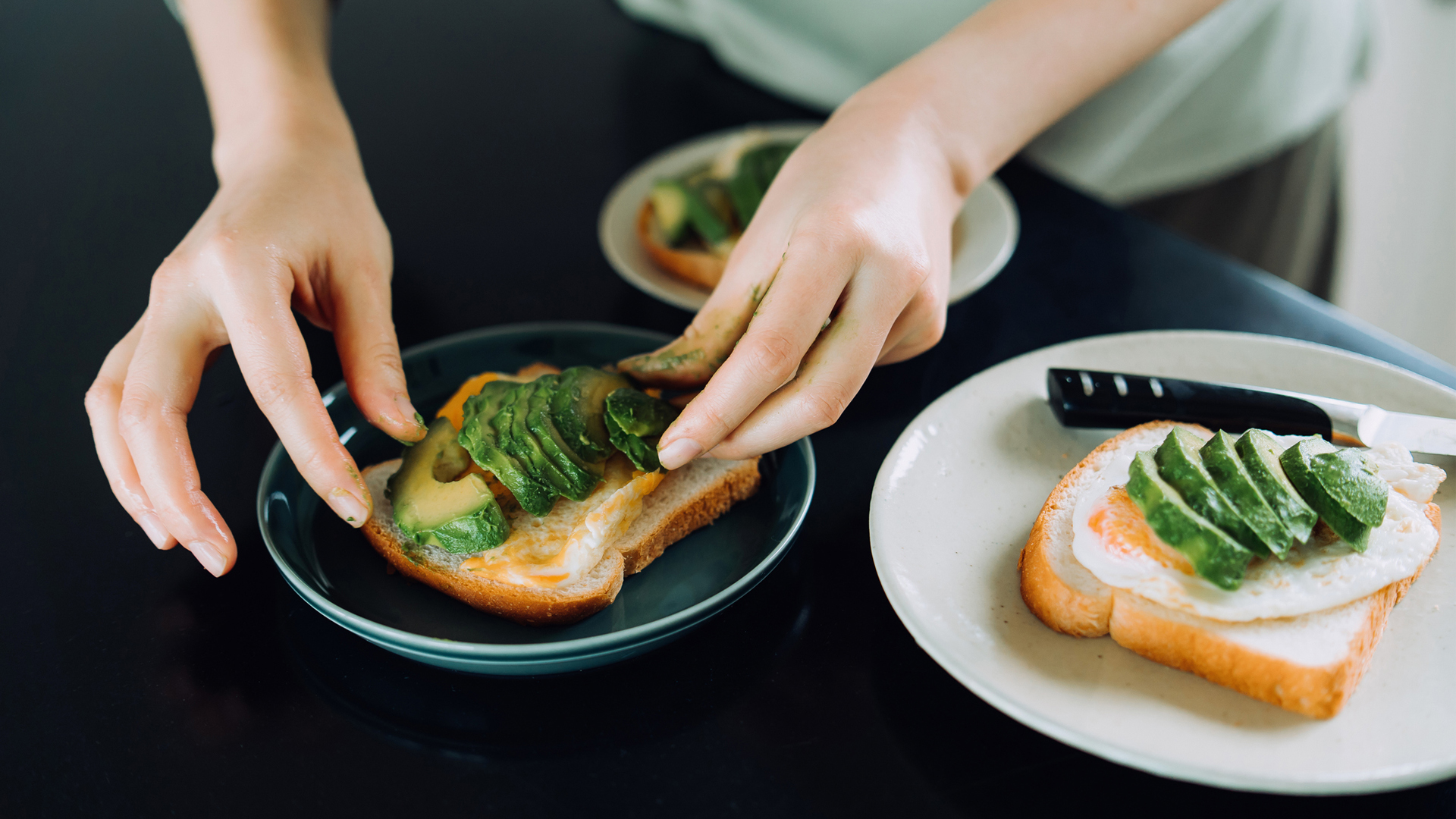 Six high fiber foods you should be eating
Six high fiber foods you should be eatingEnjoy these high fiber foods for better digestion and a healthier heart
By Anna Gora Last updated
-
 Easy low carb diet plan to help you eat well
Easy low carb diet plan to help you eat wellNutrition Looking for a low carb diet plan? We asked a dietician to share everything you need to know
By Alice Porter Last updated
-
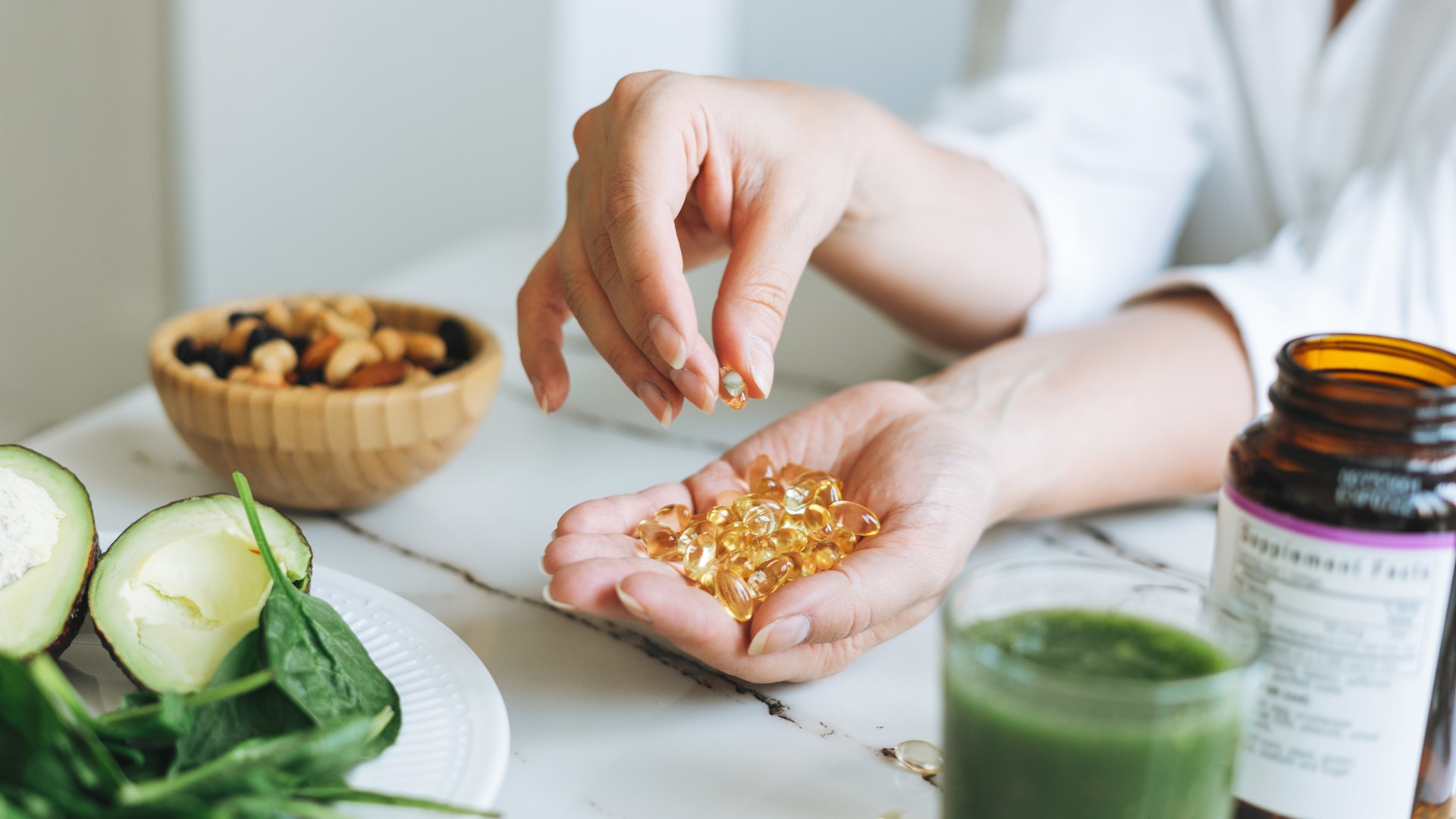 Do multivitamins work? Here’s what a nutritionist has to say
Do multivitamins work? Here’s what a nutritionist has to sayDo multivitamins work or is it better to take individual supplements? We find out which option is better and whether you need to supplement your diet at all
By Alice Porter Last updated
-
 Collagen vs whey protein: what’s the difference?
Collagen vs whey protein: what’s the difference?Protein supplements are incredibly popular, but which type is best for your health? A dietician weighs up the pros and cons of collagen vs whey protein
By Alice Porter Published
-
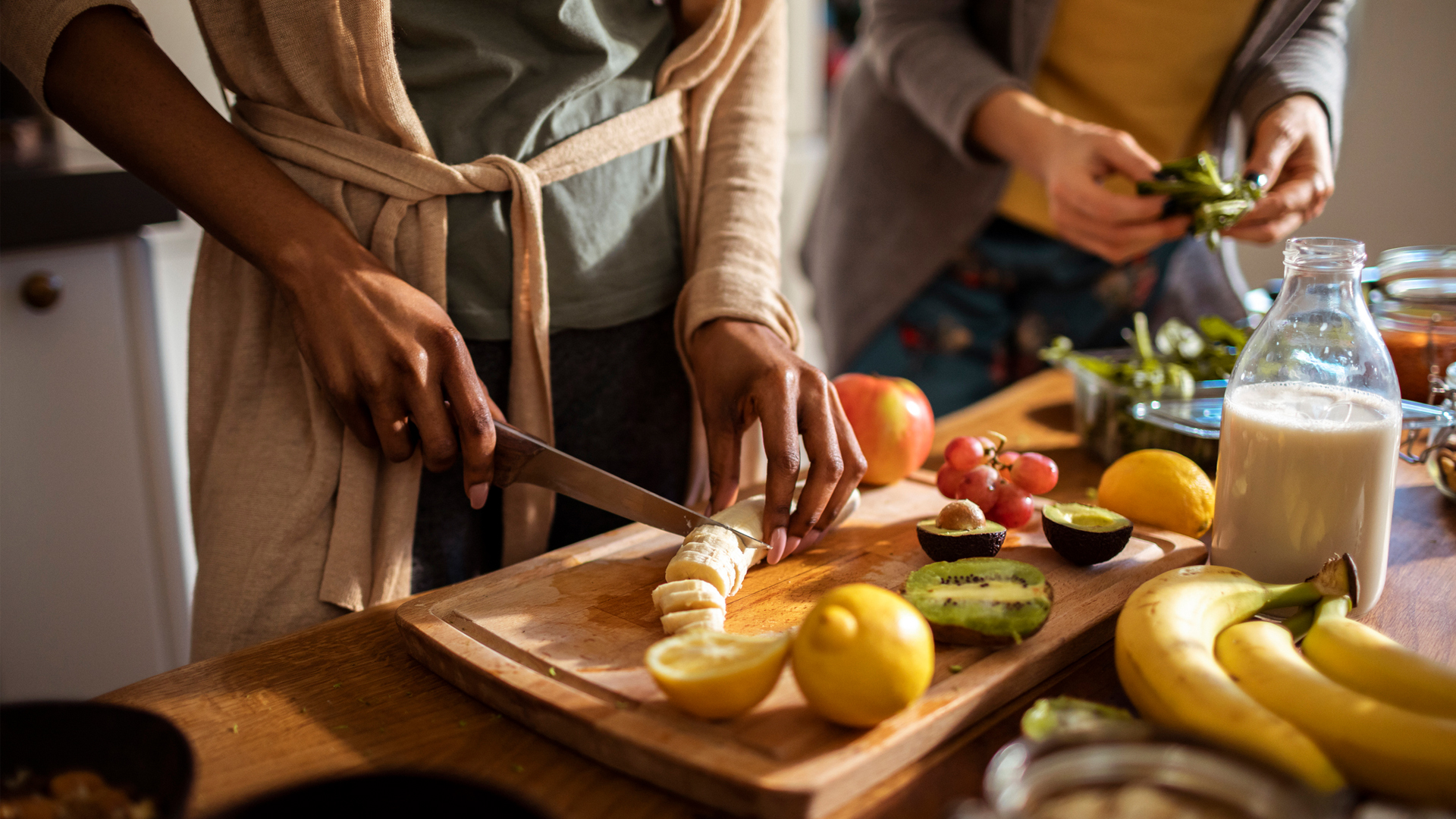 Foods for energy: what to eat to combat tiredness and fatigue
Foods for energy: what to eat to combat tiredness and fatigueFeeling tired? You may think that the only way to revive yourself is by going back to bed, but these foods for energy could help you feel full of life
By Alice Porter Published
-
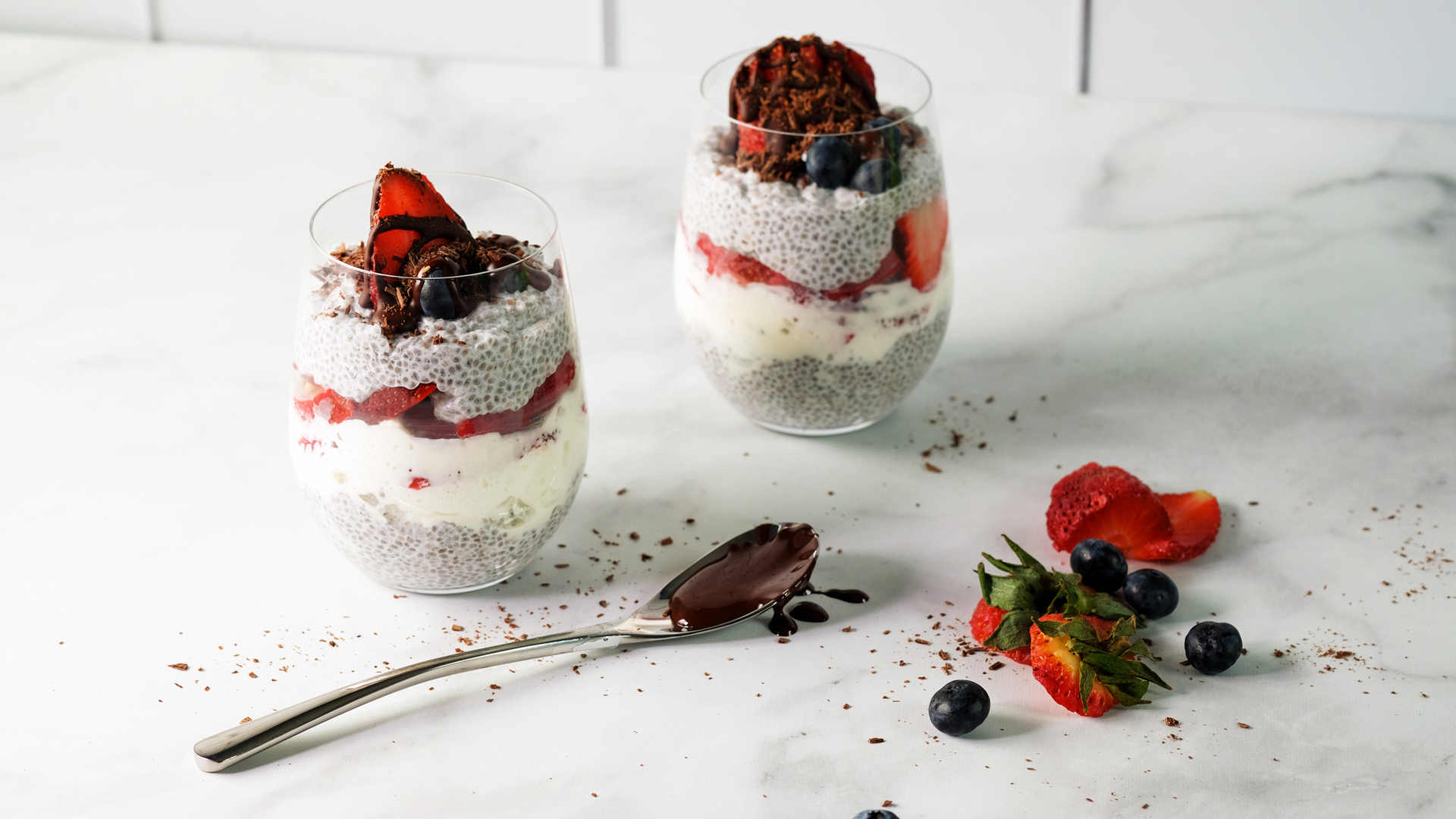 11 high protein desserts to satisfy your sweet tooth
11 high protein desserts to satisfy your sweet toothThese tasty high protein desserts will help to fill you up and build lean muscle
By Maddy Biddulph Last updated
-
 Which vitamins help anxiety?
Which vitamins help anxiety?Wondering which vitamins help anxiety? Here's everything you need to know
By Meg Walters Published